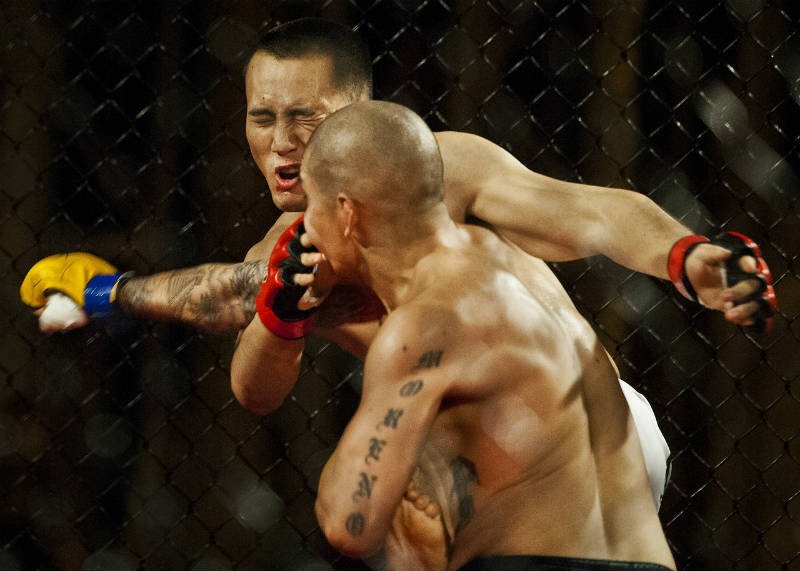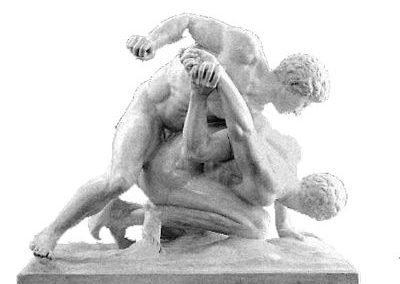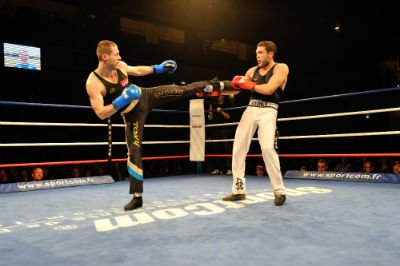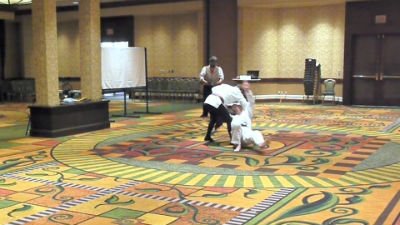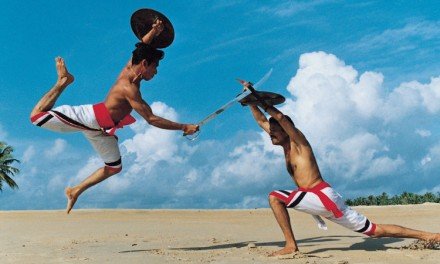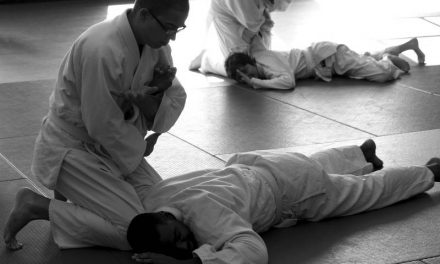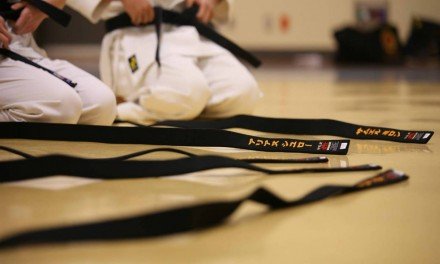Mixed martial arts(MMA) is becoming a rage and lately has become quite popular among the fans all around the world. We are familiar with different martial art styles like karate, kung fu, aikido, tae kwon do, muay thai etc. But mixed martial arts has recently appeared on the block in a popular way and is taking the world by storm.
Here we discuss crucial points around MMA which helps reveal most of the things about the sport.
1.What exactly is Mixed Martial Arts
Mixed martial arts is a full contact combat sport. It derives the use of striking and grappling techniques from a number of other combat sports and martial arts. Combat sports and arts that contribute to MMA in different ways are:
- Brazilian Jiu-Jitsu(BJJ) : Many of the chokes, locks, submission holds and even the guard position come from BJJ. Grappling and ground fighting are major components derived from BJJ.
- Boxing : The strikes used in MMA (jab, cross, hook and uppercut) originate from boxing.
- Wrestling : Clinches, submission holds, takedowns are wrestling techniques finding their way into MMA.
- Muay Thai : “The art of eight limbs” contributes stand up striking along with various clinches. Fists, knees, shins and elbows are used to make the strike.
- Judo : Judo also contributes strikes and thrusts by hands and feet, chokes, locks, take downs to MMA.
- Karate : Karate gives striking and open hand techniques to MMA.
- Tae kwon do : Emphasizes on kicking techniques. It also focuses on strikes, open-hand strikes, take downs, throws and joint locks, extensively used in MMA.
2. History and Evolution
Mixed martial arts traces its origin back to classic Greek era when an ancient Olympic combat sport known as Pankration (from Greek words pan and kratos meaning ‘all power’) existed. The art incorporated striking and grappling skills as we see in its modern avatar.
Savate, another prominent combat sport of mid nineteenth century , uses hands and feet as primary attacking tools, combining elements of western boxing with kicking techniques.
Bartitsu, founded in London in 1899 combined judo, jijitsu, boxing, savate and canne de combat (French stick fighting). Bartitsu was the first martial art known to have combined Asian and European fighting styles.
The modern form of MMA competition find its origin in various mixed style contests in early 1900s throughout Europe and Japan. As people travelled across the continents, they took established arts like karate, kung fu, judo with them, often creating a new form or style of martial art. For example, Brazilian jiu-jitsu was a result of judo carried across the world by a judo master who ended up in Brazil to spread his teachings.
As these arts travelled across the globe, a fighter of one style often challenged a fighter of another. Such fights gained much popularity in mid 1900s. The concept of combining elements of different arts was popularized by Bruce Lee via Jeet Kune Do, his own invented Martial Art. The idea of a complete fighter was popularized which meant that a better fighter is not a boxer, or a karateka, or a judo man, but someone who can adapt to any style, learn from different styles to overcome his weaknesses and practice his own form of martial art. For example, a Muay Thai fighter fighting a Judo fighter soon realizes that he must become adept at defending take downs, and hence starts practicing and learning judo techniques. Hence competition between fighters who focused on single art turned into competition between mixed martial artists.
3. Skills required to be an MMA fighter
Strike
Strike is basically hitting the opponent with different body parts like hands, knees, elbows, feet.
Most common strikes include jab, uppercut, cross, hook, knee strike, kick.
Arts contributing to strike are Karate, Boxing, Tae kwon do, Muay thai, Kickboxing.

Clinch
When a fighter grabs the other by the back of the neck or under the arms and bring him closer to control his head or body.
Techniques in clinch include Thai clinch, dirty boxing, knee strikes, elbow strikes, pummeling.
Arts contributing to clinch are Muay thai, Wrestling, Kick boxing.
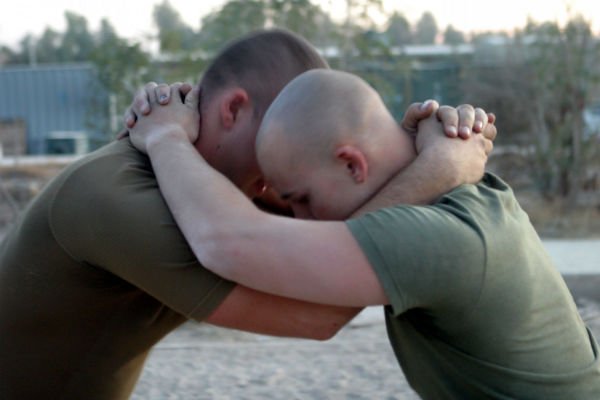
Takedown
When a fighter forces the opponent on the ground by grabbing his legs followed by a push, or lifting him and throwing on the ground. This takes the fight to the ground.
Common takedowns are single leg takedown, double leg takedown, lateral drop, hip toss, ankle tip, inside trip.
Arts specializing in takedowns include Judo, Brazilian jiu jitsu, wrestling, Jiu jitsu.
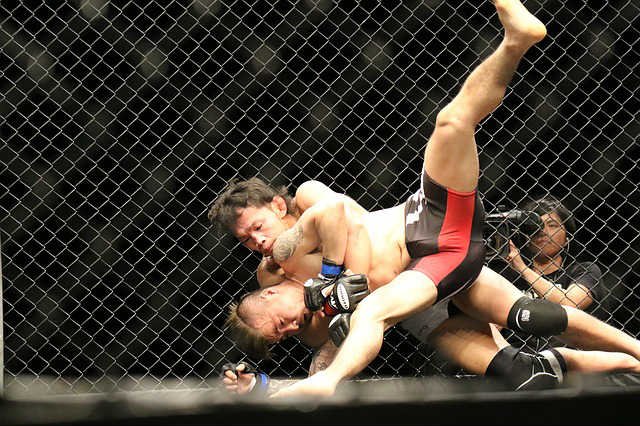
Ground Fighting
When a fighters are down on the ground and each tries to get in a dominant position
Ground positions include guard, side control, mount, back control, north-south, sweep.
Arts contributing to ground are Judo, Brazilian jiu jitsu, Wrestling(Greko-Roman, catch, folkstyle).

Submission Holds
When one fighter has his opponent held in a painful position where he can’t move or escape.
Common submission holds are rear naked choke, triangle choke, armbar, guillotine choke, knee bar,kimura, arm triangle.
Arts contributing to submission holds are Judo, Brazilian jiu jitsu, Wrestling.
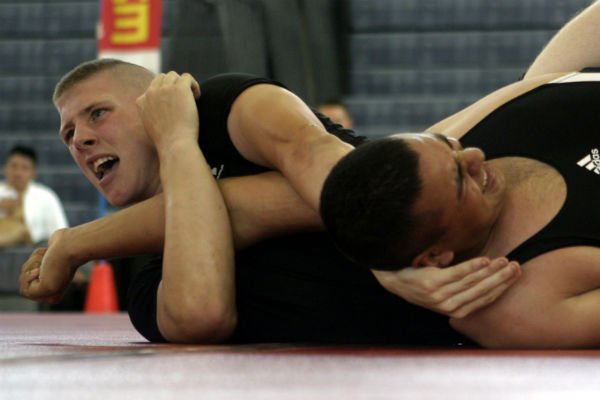
4. MMA too has rules
Though MMA might come across as a combat style with no rules for someone new to it, it is not the case. Even though MMA is an amalgamation of different styles, it has a standard set of rules. Though the list of rules is extensive, we list out the important ones here.
Types of contest results
- Submission : by a physical or a verbal tap out.
- Knockout : happens when a fighter is rendered unconscious or when the referee stops the bout due to severe injury to a contestant.
- Decision : Judges may give a unanimous (all three judges scores for same contestant), a split (2 judges score for one contestant and 1 judge scores for the opponent) or a majority(2 judges scores for the same contestant and 1 scores a draw)
Fouls
- Hitting below the belt
- Eye gouging
- Headbutt
- Attacking the groin
- Other attacks that can be fatal/cause serious injuries
Round Length
- Non championship contest : 3 rounds, 5 mins per round with 1 min rest between the rounds
- Championship contest : 5 rounds, 5 mins per round with 1 min rest between each round
Equipment and Apparel
- A stool approved by the commission for each contestant.
- Clean water bucket, a clean plastic water bottle, and any other supplies as directed by the Commission, in each corner is provided by the promoter.
- Bandages in each hand, restricted to soft gauze cloth with max length of 15 yards and width of 2 inches.
- A mouthpiece for each contestant.
- Protector : Groin protector for male contestant and chest protector for female contestants, as approved by the commission.
- Gloves which way at least 113 gms and maximum of 170 gms. Gloves are provided by promoters as approved by commission.
- MMA shorts, biking shorts or any other approved by the commission are worn by the contestants. No shoes are allowed. It is compulsory for female contestants to wear shirts approved by commission.
5.Weight Category
The following are the weight categories in which contestants may fight in accordance to their weight.
Strawweight : up to 115 pounds
Flyweight : 115 pounds to 125 pounds
Bantamweight : 125 pounds to 135 pounds
Featherweight : 135 pounds to 145 pounds
Lightweight : 145 pounds to 155 pounds
Welterweight : 155 pounds to 170 pounds
Middleweight : 170 pounds to 185 pounds
Light Heavyweight : 185 pounds to 205 pounds
Heavyweight : 205 pounds to 265 pounds
Super Heavyweight : 265 pounds
In non-championship contests, a leverage of 1 pound is given to the contestants, but in championship bouts, a contestant can not weigh more that the upper limit of his class.
6. How the scoring is done
Three judges score a bout. Each judge has a different viewpoint of the contest. The criteria of evaluation include effective striking, effective grappling, control of the fighting area, effective aggressiveness and defense. The 10 point Must System is used where the winner of a round must be awarded 10 points and the loser should get 9 or less points. In rare cases a round may end in a 10-10 draw.
7. The Octagon
The fighting arena is known as ‘The Octagon’. It is 750 square foot, measures 30 feet across and is 6 feet high. It is designed in a way to keep the safety of contestants and audiences in mind . Its walls and padded surfaces protect fighters from falling out on the audience or something else. The wide angles of The Octagon prevent fighters from getting stuck in a corner with no way out. The floor extends to 18 inches beyond the ropes and must be padded with ensolite or similar closed-cell foam, with at least a 1-inch layer of foam padding.
8. MMA and UFC are different
Most of the times, you might have heard a friend saying, “Hey ! I just started training in UFC”. There is a slight error in this statement. The name of sport is Mixed Martial Arts (MMA) while Ultimate Fighting Championship (UFC) is a premier organization. It is equivalent to saying “I googled the term but found very little information”. Google is the most popular search engine while what you did was “search” and not google. The UFC has been the driving force behind the sports popularity and they have done a great job of marketing their brand.

